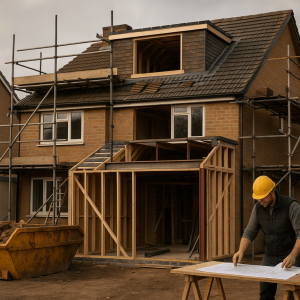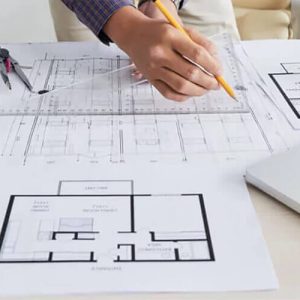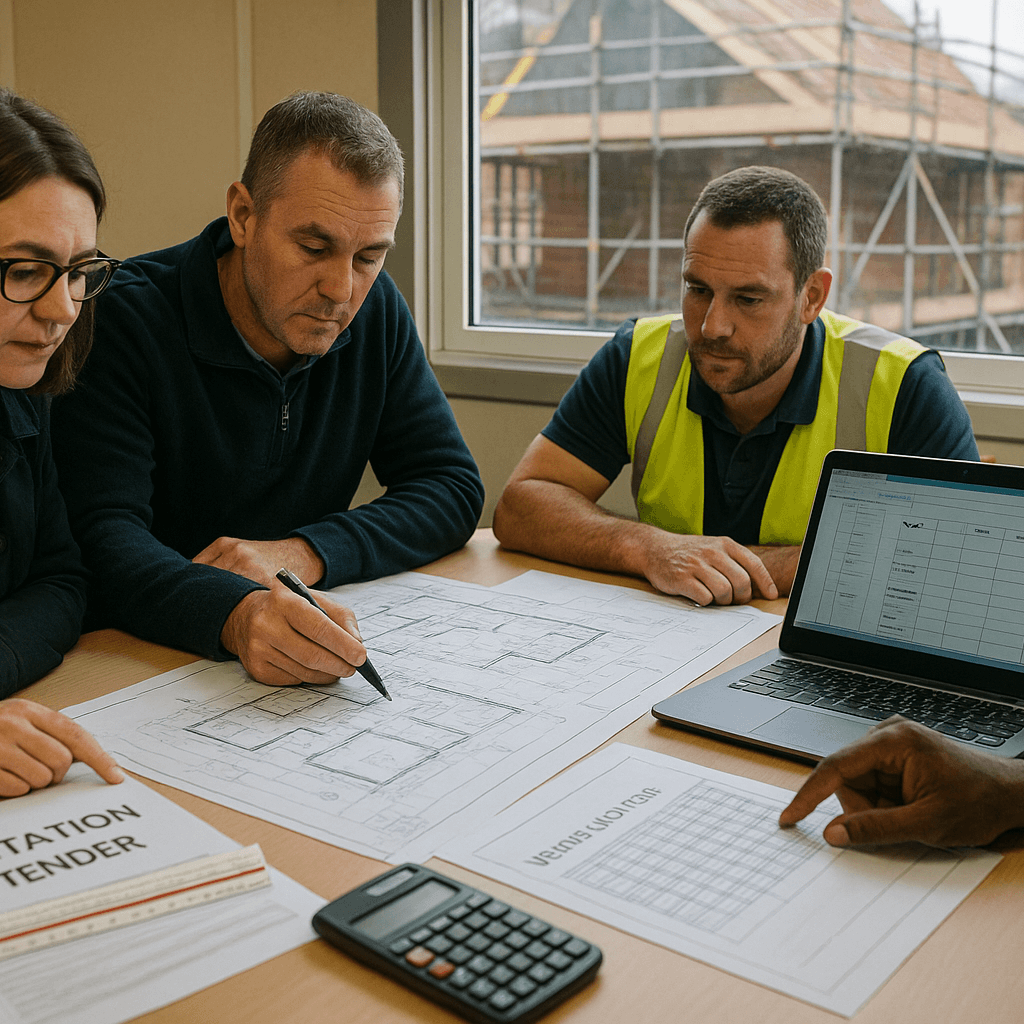Ever wondered what goes into generating a construction project estimate? If you’re looking to dive deep into the crux of construction cost estimating, then you’re in the right place. From the necessary calculations of direct and indirect costs to the nuances of labor and material requirements, this guide covers it all.
The Crucial Role of Accurate Estimating
Imagine venturing into a construction project without a clue about its potential costs. Sounds like a financial disaster waiting to happen, right? This is why accurate estimating is not just beneficial but essential. It forms the financial foundation for both project owners and contractors, enabling project feasibility assessments and competitive bid preparation.
Why Get Estimating Right?
For project owners, understanding overall costs is crucial to determining the project’s viability within their budgets, while contractors rely on precise estimates to avoid profit loss and ensure their bids are competitive yet profitable. Inaccurate estimates can lead contractors to over or underquote, impacting their competitiveness and profitability.
Exploring the Steps of Construction Estimating
Whether for general or specialized contracting, the approach to constructing an accurate estimate follows a methodical step-by-step process, vital for successful project completion.
1. Review the Bid Package
Initially, the estimator dives into the bid package, dissecting every detail from agreements to specifications, ensuring a thorough understanding of the project’s scope and requirements.
2. Site Visit Insights
A site visit often provides real-world insights that architectural drawings or photographs simply can’t match, helping estimators gauge potential cost-influencing factors directly on the ground.
3. Material Takeoffs: Quantifying Needs
Here, everything needed in terms of materials gets listed and quantified, from the number of doors to the volume of concrete, ensuring every detail is accounted for in the estimate.
4. Gathering Supplier and Vendor Quotes
Armed with a list from the material takeoff, estimators reach out to suppliers to secure pricing, ensuring they get the best possible deals and accurate cost assessments for materials and equipment.
5. Labor Estimates: Calculating Manpower
Calculating the labor needed involves not just the number of workers but understanding the project’s complexity and the productivity levels expectable from the crew.
6. Accounting for Insurance and Bonding
Estimators also factor in the costs of necessary insurance and bonding, part of the inherent risks and protections needed in construction projects.
7. Overhead and Indirect Costs
No estimate is complete without accounting for indirect costs like permits and direct overhead costs that keep the construction business operational.
8. Profit and Contingency Considerations
Finally, any good estimate accounts for a contingency buffer and profit margin, ensuring the risk of overruns is managed and the business can thrive.
From Estimate to Bid Proposal
Once all costs are tallied and adjusted for profit and contingency, what emerges is not just an estimate but a potential bid proposal. This proposal outlines in detail what the contractor will offer to complete the project within the scope of their bid.
The Multiplicity of Estimate Types
Estimators don’t just stop at bid proposals. From rough early-stage estimates to detailed documentation needed for ongoing projects, estimators adapt their calculations to fit various project stages and needs, ensuring each estimate serves its specific purpose effectively.
The Power of Estimating Software
In today’s digital age, estimators can leverage sophisticated software to streamline and enhance accuracy in their estimating processes, ultimately leading to better, faster, and more competitive bidding.
Data-Driven Estimating: The Future
As businesses in the construction industry aim to remain competitive and profitable, embracing a data-driven approach to estimating ensures they stay on top of their financial game, making informed decisions that foster long-term growth.
Frequently Asked Questions (FAQ)
What are direct and indirect costs in construction estimating?
Direct costs include items directly related to construction like labor and materials, while indirect costs pertain to subsequent expenses not directly accountable to any one project, such as administrative and equipment depreciation.
How does site condition affect construction cost estimating?
Site conditions such as soil quality, accessibility, and existing structures can significantly affect the overall costs due to adjustments in labor and materials needed to accommodate these factors.
What is the importance of a contingency in a construction estimate?
A contingency is essentially a budgetary buffer to cover unexpected costs or overruns, ensuring the project can continue smoothly despite unforeseen expenses.
How do construction estimating software enhance estimating accuracy?
Estimating software automates and streamlines the estimating process, reduces errors through digital precision, and allows for quicker adjustments and recalculations, enhancing overall accuracy.
Can an estimate affect the outcome of a construction project?
Absolutely! An accurate estimate ensures a contractor can bid competitively without risk of losses, while a poor estimate can lead to financial loss or the inability to win bids.











